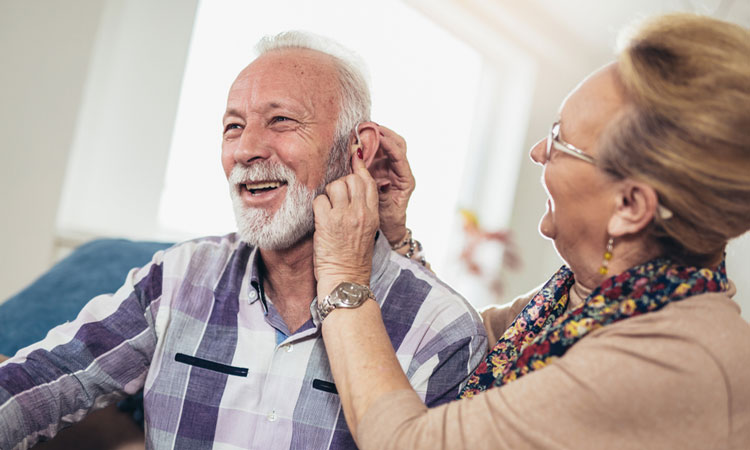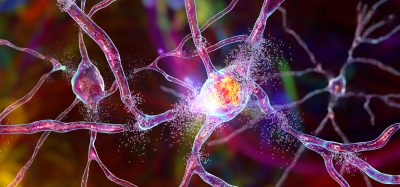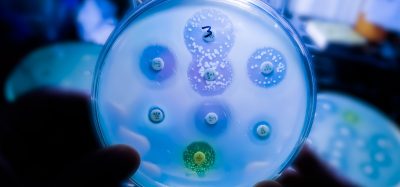Therapy for hearing loss using sensory hair cells
Posted: 16 October 2018 | Iqra Farooq (Drug Target Review) | No comments yet
Sensory hair cells could be regenerated using a therapy developed from the action of the cells in animals such as birds, fish and frogs…


Scientists have been able to regrow sensory hair cells found in the inner ear which convert vibrations into electrical signals.
Researchers from the University of Rochester Medical Centre have taken the step towards a new approach to restoring hearing loss due to age or noise damage. The team mention that other animals, such as birds, frogs and fish already have the ability to regenerate lost sensory hair cells.
“It’s funny, but mammals are the oddballs in the animal kingdom when it comes to cochlear regeneration,” said Dr Jingyuan Zhang at the University of Rochester Department of Biology and a co-author of the study. “We’re the only vertebrates that can’t do it.”
In 2012, research in Professor Patricia White’s lab identified a family of epidermal growth factor receptors that are responsible for activating support cells in the auditory organs of birds. Prof White mentioned that when these cells were triggered, they proliferated and encouraged the development of the new sensory hair cells.
The team suggested that this signalling pathway could be manipulated to produce a similar result in mammals.
“In mice, the cochlea expresses EGF receptors throughout the animal’s life, but they apparently never drive regeneration of hair cells,” said Prof White. “Perhaps during mammalian evolution, there have been changes in the expression of intracellular regulators of EGF receptor family signalling. Those regulators could have altered the outcome of signalling, blocking regeneration. Our research is focused on finding a way switch the pathway temporarily, in order to promote both regeneration of hair cells and their integration with nerve cells, both of which are critical for hearing.”
Researchers from both URMC and the Massachusetts Ear and Eye Infirmary (part of Harvard Medical School), tested the theory, focusing on the ERBB2 receptor which is found in cochlear support cells. The team investigated a number of different methods to activate the EGF signalling pathway using viruses to target the ERBB2 receptors and also involving mice genetically modified to overexpress activated ERBB2.
“The process of repairing hearing is a complex problem and requires a series of cellular events,” said Prof White. “You have to regenerate sensory hair cells and these cells have to function properly and connect with the necessary network of neurons. This research demonstrates a signalling pathway that can be activated by different methods and could represent a new approach to cochlear regeneration and, ultimately, restoration of hearing.”
The researchers identified that activating the pathway triggered a cascade of cellular events when cochlear support cells begin to proliferate and begin activating other stem cells to develop into sensory hair cells, and support their integration with nerve cells.
The study was published in the European Journal of Neuroscience.
Related topics
Drug Discovery, Drug Targets, Research & Development, Screening, Therapeutics
Related conditions
Hearing loss
Related organisations
Massachusetts Ear and Eye Infirmary, University of Rochester Medical Centre
Related people
Professor Patricia White








